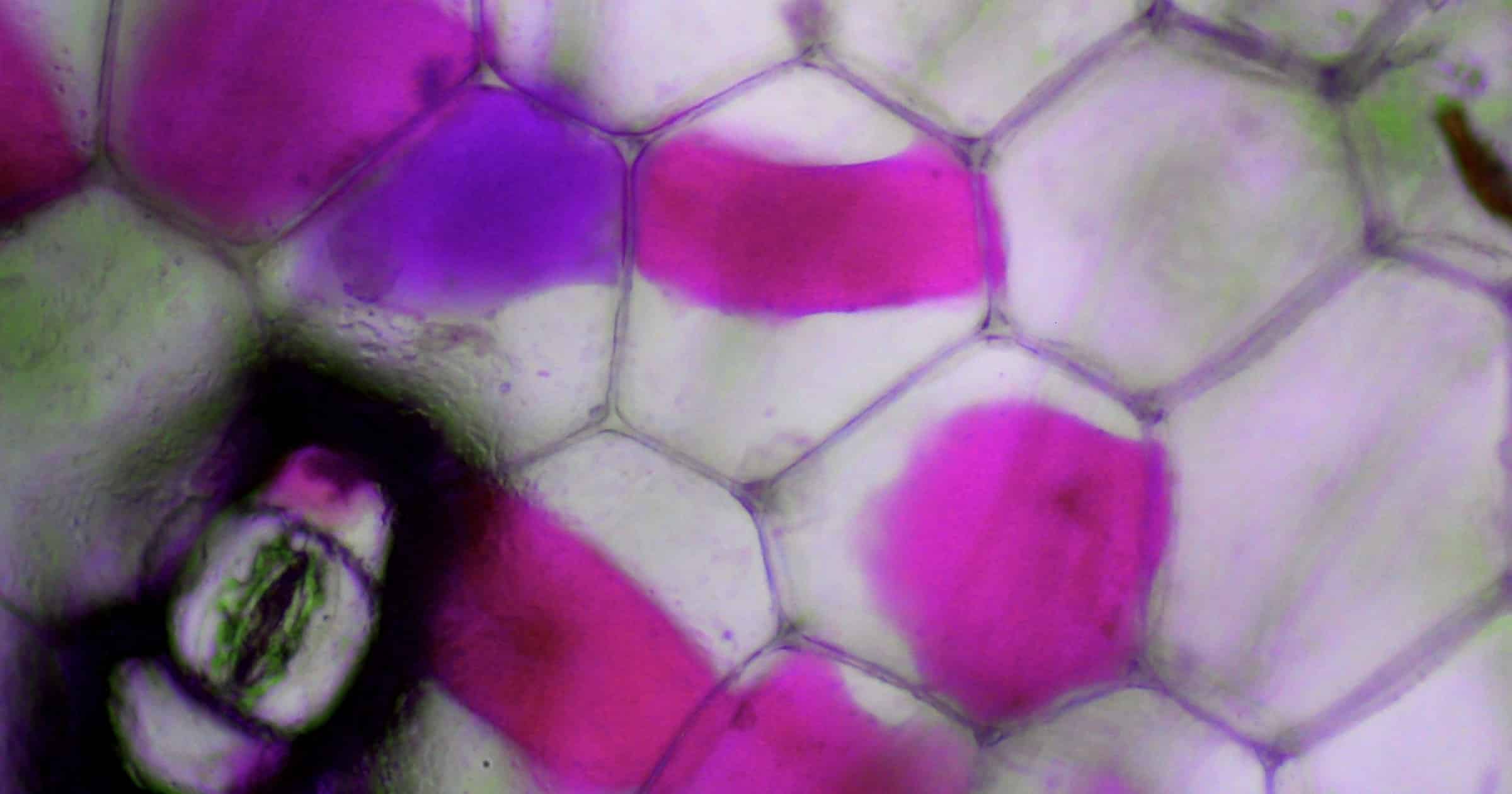 Evolution
Evolution
 Intelligent Design
Intelligent Design
The “Clumping” Problem and the Origin of Life

Editor’s note: We are delighted to present a series by Walter Bradley and Casey Luskin on the question, “Did Life First Arise by Purely Natural Means?” This is the fifth entry in the series, a modified excerpt from the recent book The Comprehensive Guide to Science and Faith: Exploring the Ultimate Questions About Life and the Cosmos. Find the full series so far here.
Assuming that prebiotic organic polymers could be created under some set of natural conditions, the origin of life still cannot occur unless the requisite molecules can be concentrated or “clumped” together in some protective container where necessary chemical reactions can take place. In living organisms, such environments are the basic unit of life — the cell. But could something like a cell membrane arise naturally before life existed?
In the 1970s, biochemist Sidney Fox and colleagues believed they had uncovered primitive cell membrane-like structures called protenoid microspheres.1 Other structures called coacervates were proposed, first by Oparin, as potential precursors to modern cell membranes.2 Because these structures lack any metabolism and the ability to self-reproduce,3they clearly could not constitute life. But even if these structures could do those things, they are unable to perform the most basic protective function of cell membranes: discriminate among nutrients, waste products, and toxic chemicals.
Campbell’s Biology, a prominent college-level biology textbook, explains this requirement:
One of the earliest episodes in the evolution of life may have been the formation of a membrane that enclosed a solution different from the surrounding solution while still permitting the uptake of nutrients and elimination of waste products. The ability of the cell to discriminate in its chemical exchanges with its environment is fundamental to life, and it is the plasma membrane and its component molecules that make this selectivity possible.4
A Smart, Active Gatekeeper
Undoubtedly the textbook is correct: Without this extremely important protective barrier, the earliest forms of life would be unable to obtain food and be vulnerable to harmful molecules and chemical reactions in the outside environment, such as oxidation. The membrane also keeps the cell’s components together to allow for necessary cellular processes to take place. But the “lipid bilayer” of modern cells is no mere passive wall — it’s a smart, active gatekeeper capable of allowing water and nutrients in, and letting waste products out. Specialized machines embedded in this smart membrane discriminate between helpful and harmful substances through a variety of biochemical pathways and molecular pumps. Hence the problem for origin-of-life theorists — as synthetic chemist James Tour of Rice University explains, no origin-of-life experiments have ever created “the required passive transport sites and active pumps for the passage of ions and molecules through bilayer membranes.”5
Daunting Complexity
Tour elaborates on the daunting complexity of cell membranes that remains unexplained by origin-of-life theorists:
- Researchers have identified thousands of different lipid structures in modern cell membranes. These include glycerolipids, sphingolipids, sterols, prenols, saccharolipids, and polyketides. For this reason, selecting the bilayer composition for our synthetic membrane target is far from straightforward. When making synthetic vesicles — synthetic lipid bilayer membranes — mixtures of lipids can, it should be noted, destabilize the system.
- Lipid bilayers surround subcellular organelles, such as nuclei and mitochondria, which are themselves nanosystems and microsystems. Each of these has their own lipid composition.
- Lipids have a nonsymmetric distribution. The outer and inner faces of the lipid bilayer are chemically inequivalent and cannot be interchanged.6
Despite modest progress with the synthetic production of microspheres, coacervates, and similar structures, the lack of any discrimination ability means the clumping step in the origin of life has not been explained.
Next, “The Origin of the First Self-Replicating Molecules.”
Notes
- Sidney W. Fox, John R. Jungck, and Tadayoshi Nakashima, “From Protenoic Microsphere to Contemporary Cell: Formation of Internucleotide and Peptide Bonds by Protenoid Particles,” Origins of Life 5 (1974), 227-237.
- Emanuele Astoricchio, Caterina Alfano, Lawrence Rajendran, Piero Andrea Temussi, and Annalisa Pastore, “The Wide World of Coacervates: From the Sea to Neurodegeneration,” Trends in Biochemical Sciences 45 (August 2020), 706-717.
- Zhu Hua, “On the Origin of Life: A Possible Way from Fox’s Microspheres into Primitive Life,” Symbiosis 4 (2018), 1-7.
- Jane B. Reece, Lisa A. Urry, Michael L. Cain, Steven A. Wasserman, Peter V. Minorsky, and Robert B. Jackson, Cambell’s Biology, 9th ed. (Boston, MA: Pearson, 2011), 125.
- James Tour, “An Open Letter to My Colleagues,” Inference Review: International Review of Science 3 (2017), 2.
- Tour, “An Open Letter to My Colleagues.”
